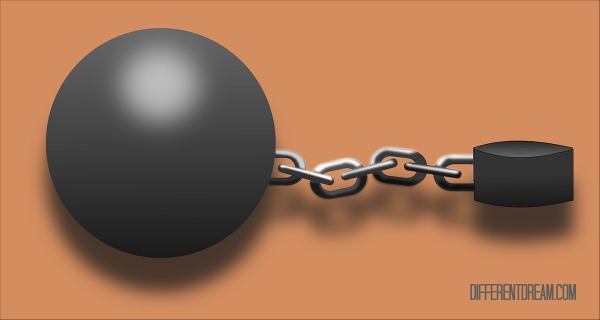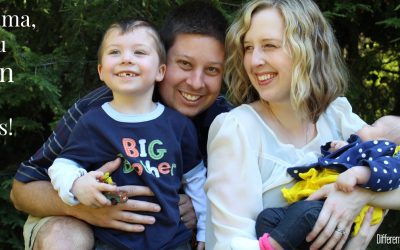Eight Ways to Make Therapy Fun

For two and half months last fall, I felt like a prisoner wearing a ball and chain. Not on my foot, but on my left hand. Not a ball made of iron, but of therapy appointments two or three times a week as well as hand and thumb exercises every two hours.
Day after day. Week after week. Month after month.
Lugging around the ball and chain designed to restore the function of a severed thumb tendon, I had plenty of time to think about kids who go to all sorts of therapy appointments. Who are assigned endless exercises, not for a few months, but for a lifetime. Whose parents drive them to therapy, schedule the appointments, and supervise exercises.
Day after day. Week after week. Month after month. Year after year.
During my stint with therapy, I came up with techniques to motivate myself. Many of them were plucked from the bag of tricks I used during my teaching years to motivate students. I’m passing them on to you, hopeful that they will lighten the weight of the therapy ball and chain and make therapy fun for your child.
Tip #1: Use Normal Daily Movements as Therapy
Many of the pictures of the exercises assigned by the therapist listed daily movements that used the same muscles and motions. One of them was folding laundry. So on laundry day, I folded clothes (something my husband usually does) instead of doing the exercises because it felt more purposeful. If children can occasionally substitute normal daily movements for contrived exercises, they’ll feel like they had a exercise break, but you’ll know better.
Tip #2: Make Therapy Fun
My idea of fun is not squeezing a ball of thera-putty for ten minutes twice a day. Most days I forced myself to do it. But the weekend we visited our grandkids was a different story. Rolling and squeezing the thera-putty with my three-year-old grandson was so much fun neither of us wanted to put it away. We rolled snakes, made them kiss, and squeezed them into cookie cutters. We even made a short video to show the hand therapist at my next appointment. All it took to turn drudgery to fun was a child’s imagination and an adult’s willingness to act like a kid again.
To read the rest of this post, visit the Not Alone website at www.specialneedsparenting.com.
Do you like what you see at DifferentDream.com? You can receive more great content by subscribing to the quarterly Different Dream newsletter and signing up for the daily RSS feed delivered to your email inbox. You can sign up for the first in the pop up box and the second at the bottom of this page.
By Jolene
Jolene Philo is the author of the Different Dream series for parents of kids with special needs. She speaks at parenting and special needs conferences around the country. She’s also the creator and host of the Different Dream website. Sharing Love Abundantly With Special Needs Families: The 5 Love Languages® for Parents Raising Children with Disabilities, which she co-authored with Dr. Gary Chapman, was released in August of 2019 and is available at local bookstores, their bookstore website, and at Amazon.
Subscribe for Updates from Jolene
Related Posts
Basic Love Language Concepts to Ease Stress and Increase Joy in Caregiving Families
Caregivers need easy, effective ways to stay emotionally healthy. These basic love language concepts can lead to less stress and more joy.
Creating a Joyful 2020 Holiday Season
If you’re wondering if creating a joyful 2020 holiday season is possible during a pandemic, the answer is yes. These ideas can help.
To the Mama Whose Child Is Diagnosed with a Chronic Disease
To the mama whose child is diagnosed with a chronic disease, Laura Siegel offers advice on how to paint that child in living color.






0 Comments